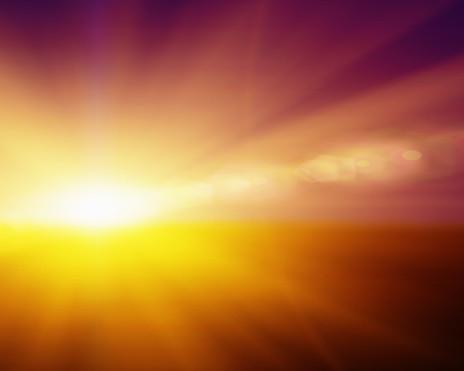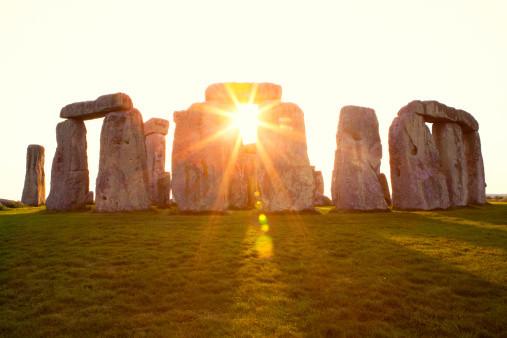Explore the World's Best Ideas
Join today and uncover 100+ curated journeys from 50+ topics. Unlock access to our mobile app with extensive features.
Summer and winter solstices
This year, the northern summer solstice falls on June 21 at 5:13 am EDT (June 21 at 9:13 UT).
Solstices occur simultaneously around the world, but their local times vary with time zones.
Traditionally, summer and winter solstices helped mark the changing of the seasons. Today, meteorologists officially use temperature records instead to draw lines between the seasons.
8
119 reads
Understanding solstices
The Earth's axis of rotation is tilted about 23. degrees relative to Earth's orbit around the sun. This tilt causes the Northern and Southern Hemispheres to get unequal amounts of sunlight over a year.
The Earth's axis is tilted most closely toward the sun for two moments each year. These are called solstices. The Northern Hemisphere is tilted more toward the sun from September to March, which feels like autumn and winter. The hemisphere tilted most toward our home star sees its longest day and the hemisphere tilted away from the sun sees its longest night.
8
94 reads
Celebrating the solstice
Cultures around the world have devised ways to celebrate and revere celestial events.
- Stonehenge, a 5,000-year-old monument, has a famously special relationship with the solstices. On the summer solstice, the complex’s Heel Stone, which stands outside Stonehenge’s main circle, lines up with the rising sun.
- The Great Pyramids at Giza also seem to be aligned with the sun. When viewed from the Sphinx, the sun sets between the pyramids of Khufu and Khafre during the summer solstice.
9
92 reads
Misconceptions about the solstices
- The solstices mark the brightest and darkest days of the year, but the temperatures don't reflect that because it takes time for Earth's land and water to heat up and cool down.
- Some believe that since Earth's rotation is slowing down, each new solstice sets a new record for daytime length. But that's not the case. Instead, changes in the distribution of Earth's mass can subtly tweak our plant's rotation rate.
10
87 reads
IDEAS CURATED BY
Curtis Lopez's ideas are part of this journey:
Learn more about scienceandnature with this collection
How to choose the right music for different tasks
The benefits of listening to music while working
How music affects productivity
Related collections
Similar ideas
3 ideas
The Four Seasons | What Causes Seasons? | Live Science
livescience.com
13 ideas
In Depth | Mars – NASA Solar System Exploration
solarsystem.nasa.gov
Read & Learn
20x Faster
without
deepstash
with
deepstash
with
deepstash
Personalized microlearning
—
100+ Learning Journeys
—
Access to 200,000+ ideas
—
Access to the mobile app
—
Unlimited idea saving
—
—
Unlimited history
—
—
Unlimited listening to ideas
—
—
Downloading & offline access
—
—
Supercharge your mind with one idea per day
Enter your email and spend 1 minute every day to learn something new.
I agree to receive email updates


